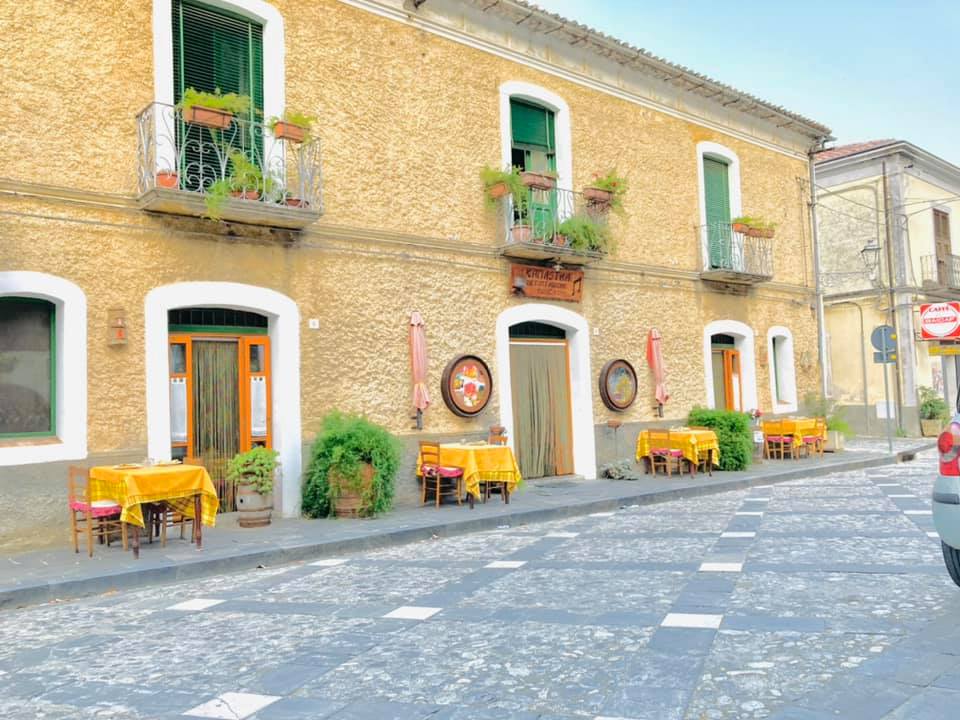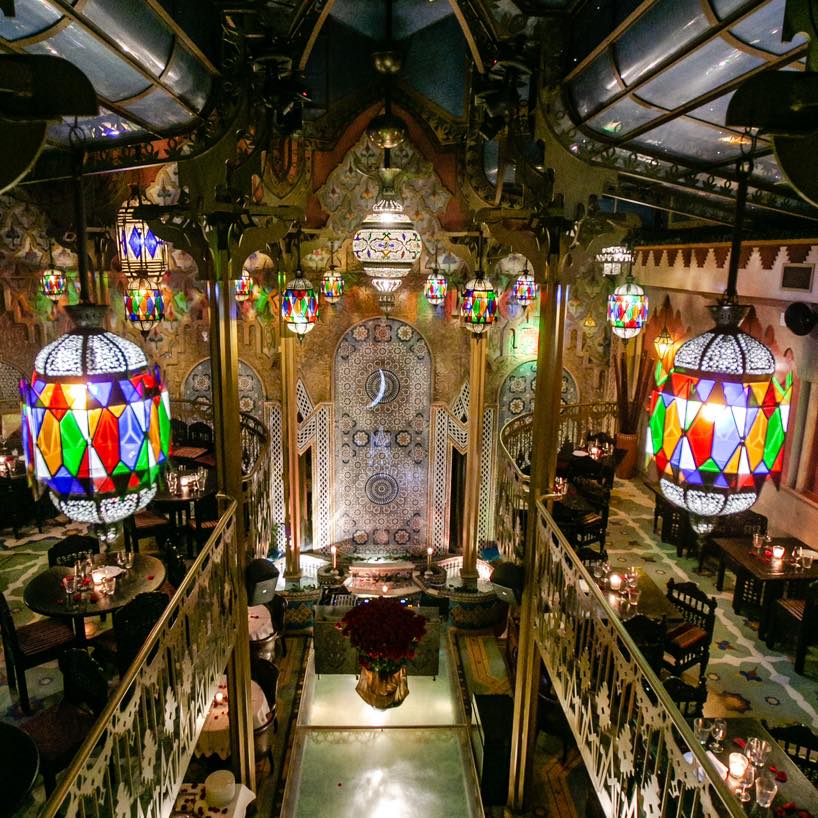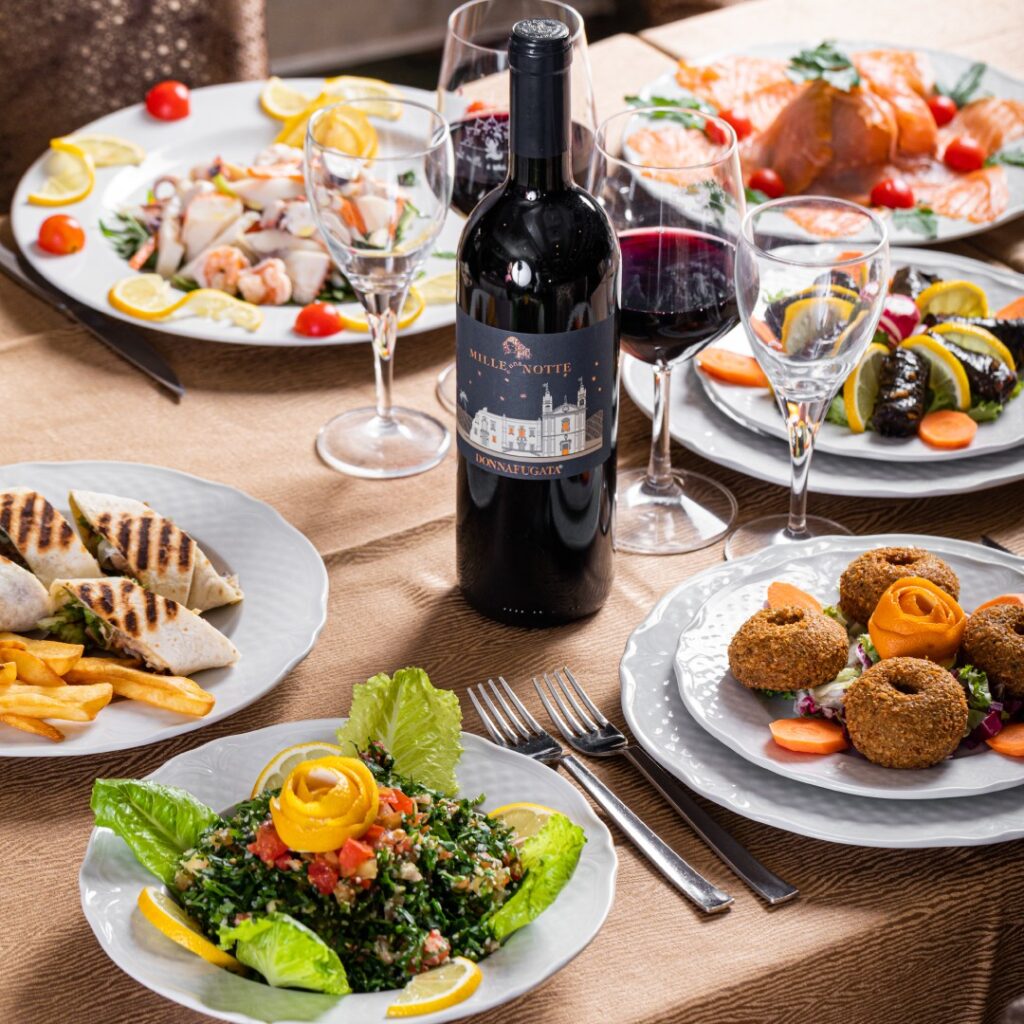Francesca Montillo, The Lazy Italian.
See the original post HERE
For centuries, Italy has been celebrated as the land of pasta, pizza, and passion for food. But like its art, architecture, and language, Italian cuisine has never stood still. It’s a living tradition that evolves with every generation — and today, one of the biggest forces shaping it is immigration.
In recent decades, newcomers from Africa, Albania, Morocco, and other parts of the world have made Italy their home. They’ve brought their ingredients, their cooking styles, and their own stories of migration and resilience. The result? A quiet revolution on the Italian table — one that is adding new flavors and perspectives to the country’s beloved food culture.
In this post we will take a closer look at how immigrant communities are influencing what Italians eat, how they cook, and how they think about food.
A New Chapter in the Italian Food Story
To understand this transformation, it helps to remember that Italian cuisine has always been about mixing and adapting. Tomatoes, for example, came from the Americas; coffee arrived through trade with the Arab world. Even pasta, often thought of as purely Italian, has ancient roots stretching across Asia and the Middle East.
So, when immigrants began arriving in larger numbers in the late 20th century — from North and Sub-Saharan Africa, Eastern Europe, and the Balkans — it was only natural that new ingredients and ideas would eventually find their way into Italian kitchens. Food has always been a bridge between cultures.
The African Touch: From Spices to Street Food
North African Influence
Morocco, Tunisia, and Egypt are geographically close to Italy, especially to Sicily and the southern coasts. These ties go back centuries through trade and cultural exchange. But the more recent wave of North African immigrants has made this influence much more visible.
In Sicily, for instance, you can find couscous di pesce — fish couscous — on the menu in Trapani. While locals proudly claim it as Sicilian, its roots are clearly Arab. The use of semolina grains steamed and served with seafood broth reflects the blend of Arabic and Italian coastal traditions. Moroccan and Tunisian migrants have helped preserve and spread this dish, giving new life to an ancient fusion.
Cumin, coriander, and harissa — once exotic in Italy — are now stocked in southern supermarkets and used by Italian home cooks looking to experiment. Restaurants run by Moroccan families in Rome and Naples are introducing dishes like tajine di verdure (vegetable stew) alongside Italian favorites, creating a growing taste for slow-cooked, spice-infused food.
Sub-Saharan Contributions
From Nigeria, Senegal, and Eritrea, migrants have brought a love for richly seasoned stews and grilled meats. In cities like Milan and Turin, small African markets now supply cassava, plantains, and palm oil — ingredients once impossible to find in Italy.
Ethiopian restaurants, popular among both immigrants and Italians, have introduced injera (spongy flatbread) and spicy lentil dishes into Italian urban food culture. These cuisines appeal to Italians’ appreciation for strong, balanced flavors and communal dining — everyone sharing from the same plate.
Even Italian street food is evolving: in some neighborhoods, kebabs, samosas, and spicy grilled chicken are replacing the traditional panino con prosciutto as quick, affordable snacks.
The Albanian Connection: Humble Ingredients, Big Heart
The story of Albanians in Italy is one of closeness and cultural exchange. The Adriatic Sea separates the two countries by just a few hours’ ferry ride. Large waves of Albanian immigrants began arriving in the 1990s, bringing with them simple, hearty foods that resonate with Italian sensibilities.
Albanian cooking is based on bread, dairy, and vegetables — all familiar ingredients to Italians. But the ways they’re prepared add new twists. Take byrek, a savory pie filled with spinach, cheese, or meat, similar to Italy’s torta salata. It’s become popular in southern Italian towns with Albanian communities, sold in bakeries right beside focaccia and calzone.
Many Albanians work in agriculture, restaurants, and bakeries, helping sustain Italy’s food production and hospitality industries. They’ve influenced not just recipes but also the rhythms of Italian food life — from vineyards in Puglia to cafés in Milan.
And while Albanians have embraced Italian cuisine wholeheartedly, they’ve also quietly enriched it with their own flavors, creating dishes that blend both worlds: pasta stuffed with feta and herbs, or risotto flavored with Balkan spices.

The Kamastra Restaurant was founded in July 1995 in Civita, an Arbëresh village in the province of Cosenza in Calabria. Picture Credit: Kamastra Restaurant Official Facebook Page.
Morocco’s Sweet Revolution
Italy has always loved sweets — think of cannoli, tiramisu, or panettone. Moroccan immigrants have brought new dimensions to Italian pastry culture, especially in urban centers.
Moroccan desserts like chebakia (honey-coated cookies) or sellou (toasted flour and almond mix) are now common at multicultural festivals and markets. Their intricate use of almonds, honey, and orange blossom water resonates with traditional Italian tastes from Sicily and Sardinia, where similar ingredients have been used since Arab rule in the Middle Ages.
But what’s new is how these sweets are reinterpreted: Italian pastry chefs experiment by blending chebakia’s spices into biscotti or drizzling panettone with honey and sesame — a nod to Moroccan influences. It’s a dialogue of flavors that respects both traditions while creating something original.
Multicultural Kitchens: A New Italian Identity
In many Italian cities today, immigrant chefs are redefining what “Italian food” means. A Somali chef might prepare pasta al sugo with cloves and cardamom. A Moroccan pizzaiolo could top a pizza with lamb and mint yogurt. An Albanian might serve lasagna alla byrek at her family’s restaurant.
These fusions aren’t gimmicks — they’re reflections of real lives lived between cultures. They show how food adapts to migration, and how Italy’s own culinary tradition — rooted in simplicity and local pride — naturally welcomes change.
Italian cuisine has always been regional: pesto in Liguria, risotto in Lombardy, arancini in Sicily. Now, you can add a new “region” — multicultural Italy — where menus are as diverse as the people who cook them.

Riad Yacout in Milan is a lavish three-floor Moroccan-themed restaurant where ornate décor, live entertainment and Maghreb-Mediterranean cuisine combine for a dramatic evening experience. Picture Credit: Riad Yacout Official Facebook Page.
Challenges and Acceptance
Of course, this blending hasn’t always been easy. For many years, immigrant cuisines were seen as “foreign” or cheap. African and Albanian restaurants often catered mainly to their own communities. But that is changing.
Younger Italians are curious and open to trying new flavors. Food festivals celebrating multiculturalism are drawing crowds. TV chefs and food bloggers highlight immigrant-run restaurants. The Italian word “contaminazione” — once negative — is now celebrated as a creative force in cooking.
And beyond taste, there’s a deeper shift: Italians are recognizing how immigrants sustain the very industries that make their cuisine famous — picking tomatoes, making cheese, cooking in restaurants, and running bakeries. Food is both cultural expression and livelihood.
A Shared Table for the Future
What’s happening in Italy today is not just a culinary trend — it’s a reflection of how societies grow through exchange. When an Italian grandmother in Palermo adds a pinch of cumin to her tomato sauce, or a Moroccan family enjoys spaghetti at Sunday lunch, they are participating in the same story: food as a language of connection.
In a world where migration often sparks fear or division, Italy’s kitchens offer another perspective — one of collaboration, flavor, and humanity. The evolving Italian cuisine is proof that identity is not lost through change; it becomes richer.
So, the next time you savor a pizza with harissa, a couscous with local fish, or a pastry scented with orange blossom, remember: you’re tasting the modern history of Italy — a story written not just by Italians, but by everyone who now calls Italy home.

Le Mille e Una Notte in Rome serves Lebanese, Syrian, and Maghreb cuisine.
Picture Credit: Le Mille e Una Notte Official Facebook Page.
